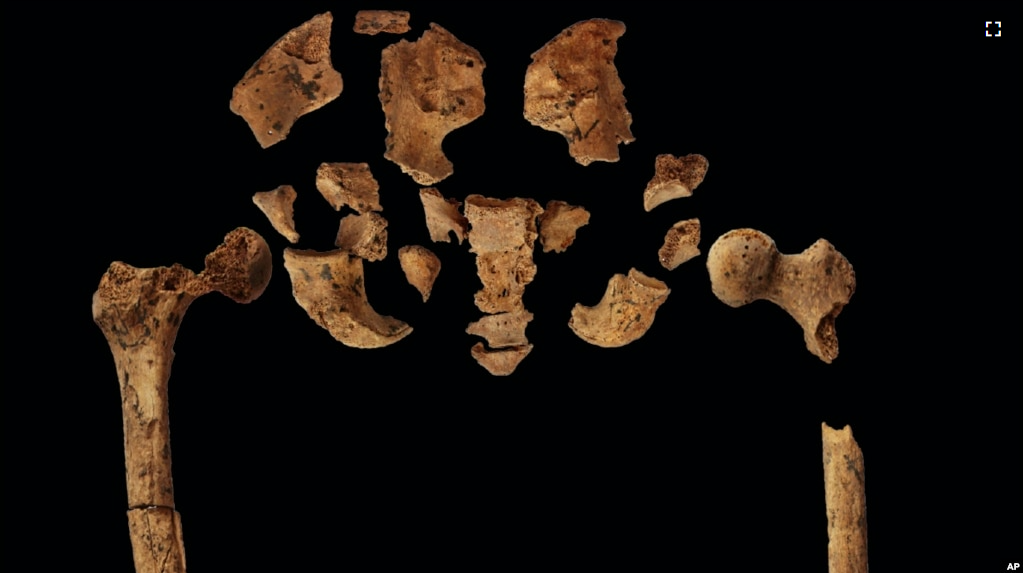A new study provides the earliest known evidence of amputation – the medical term for cutting off a part of a person’s body.
Around 31,000 years ago, a young adult had their left foot and part of their left leg removed in what is modern-day Indonesia, the study suggests.
Scientists say the amputation was performed when the person was a child — and that the individual went on to live for years. The ancient surgery suggests that humans were carrying out medical operations much earlier than scientists had thought. The findings are in a study, which was published in Nature.
Tim Maloney of Griffith University in Australia was the study’s lead researcher.
Maloney said that researchers were exploring a cave in Borneo, a rainforest area known for ancient rock art, when they came across the person’s burial.
Although much of the skeleton remained, it was missing its left foot and the lower part of its left leg, Maloney explained. After examining the remains, the researchers concluded the foot bones were not missing from the burial or lost in an accident. Instead, the bones had been carefully removed.
The remaining leg bone showed a clean cut that healed over, Maloney said. There were no signs of infection, which would be expected if the child had gotten its leg bitten off by a creature like a crocodile. And there were also no signs of a crushing fracture, which would have been expected if the leg had been cut off in an accident.
The evidence suggests that the ancient people knew enough about medicine to perform surgery without fatal blood loss or infection, the writers said. Researchers do not know what kind of tool was used to amputate the limb, or how infection was prevented. But, they believe that a sharp stone tool may have made the cut, and some of the plant life in the area could have been used for medical treatment.
Scientists believe that the community cared for the child for years afterward. Surviving as an amputee in a land with steep hills and thick forests would not have been easy, the study said.
The child appears to have lived for around six to nine more years after losing the limb, eventually dying from unknown causes as a young adult, researchers said.
This early surgery “rewrites the history of human medical knowledge and developments,” Maloney said at a press conference.
Before this find, the earliest example of amputation had been in a French farmer from 7,000 years ago. The farmer had part of his forearm removed. Scientists had thought that medical methods developed around 10,000 years ago. At that time, more humans began living in agricultural societies, the study writers said.
But this study adds to growing evidence that humans started caring for each other’s health much earlier than scientists had thought, said Alecia Schrenk. She was not involved with the study. Schrenk is an anthropologist at the University of Nevada, Las Vegas.
“It had long been assumed healthcare is a newer invention,” Schrenk said in an email. “Research like this article demonstrates that prehistoric peoples were not just left to fend for themselves.”
I’m John Russell.
Maddie Burakoff reported on this story for the Associated Press. John Russell adapted it for VOA Learning English.
_________________________________________________________________
Words in This Story
fracture – n. a broken bone
steep –adj. rising or falling sharply
anthropologist – n. the study of human races, origins, societies, and cultures
assume –v. to think that something is true or probable without know that it is true
fend for yourself – expression to do things without help; to do basic activities by yourself
